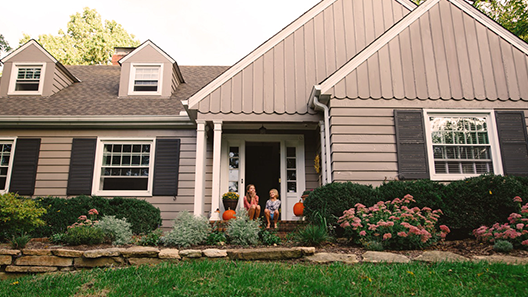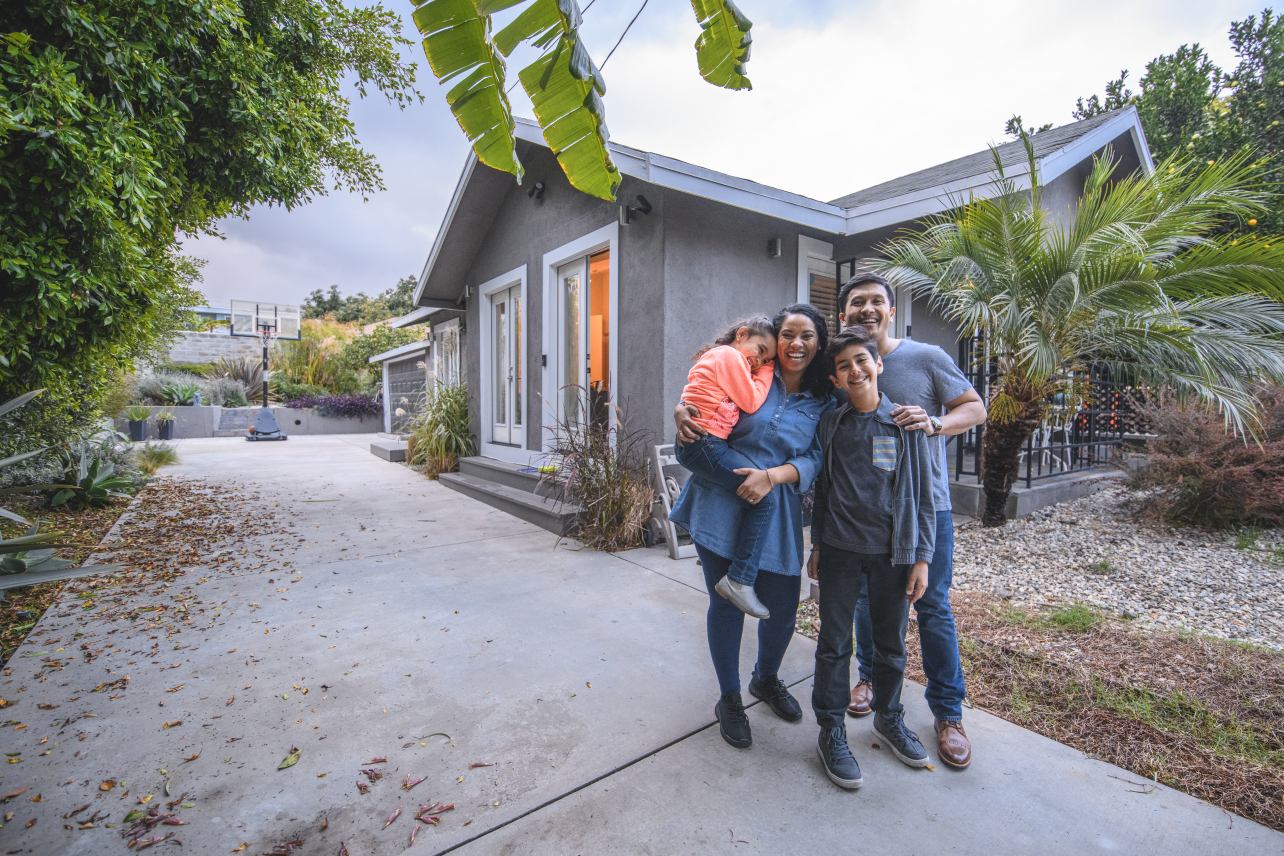Homeownership has long been a staple of the “American Dream,” something that young adults strive for once they enter the workforce. Yet, they choose to live with Mom and Dad (or a grandparent or older sibling) more often than in decades past, according to data from the U.S. Census Bureau and the Pew Research Center.1 Experts point to a combination of factors, with the biggest reason being sky-high home prices.2

Economic Factors Influencing This Trend
“Multigenerational households” are homes where three or more generations living under one roof, according to the U.S. Census. A quarter of U.S. adults ages 25 to 34 were living in a multigenerational family household in 2021, according to the Pew Research Center, an increase from 9% in 1971.1 This trend has gained traction in recent years — from 2010 to 2020, multigenerational households increased by 18%.3
Though some growth in multigenerational housing can be attributed to older parents moving in with their children, most is due to adults moving back in with their parents, or into the home of another older relative, according to the Pew Research Center.
This trend demonstrates the impact today’s high-cost housing market has had on first-time homebuyers. Fortunately, lending solutions exist that can help hopeful homebuyers make their ownership ambitions a reality.
Why are multigenerational households on the rise in the U.S.?
More Millennials and Gen Z’ers are choosing to reside with their parents than the generations before them. And while we can’t ignore the impact of the COVID-19 pandemic, it isn’t the only influence at play. The Pew Research Center has found personal finances to be the greatest factor in young adults’ choice to stay with their families.
In many places across the U.S., housing prices have exceeded what’s considered affordable for someone bringing in a median level of income. The Federal Reserve Bank of Atlanta® calculates that, as of April 2024, housing affordability has dropped by 7.1% since the year before, considering average home prices, current mortgage rates, taxes and insurance. Housing affordability hasn’t been that low since 2006, according to the same index.4
Economic circumstances like inflation and college debt could also be pushing adults in their 20s and 30s into the homes of older family members. While U.S. Census data released in 2023 shows that the number of young adults living in their parental home has decreased since the height of the pandemic, the drop has been very slight.
Demographics and Regional Trends – Who is most affected?
Not all young adults are impacted by this trend to the same degree. College graduates, for example, are about half as likely to live at home than their peers with some or no college education, per the Pew Research Center, though both groups have experienced an increase in multigenerational living. Those without a college degree have seen a much faster rate of growth in terms of moving in with older relatives in the last few decades, which the Pew Research Center attributes to lower pay.1
Multigenerational housing is much more prevalent in the southern U.S. than in midwestern states, per the Census. This could suggest another major factor in the growth of multigenerational households — race and ethnicity.
As Hispanic and Asian populations have increased in the U.S.,5 so too have multigenerational households. In many Asian and Latin countries, it is more commonly accepted for generations of families to live together.
Can young adults get help with their first home?
Although not ideal for everyone, today’s young adults recognize the advantages of living with their parents, such as the potential for significant financial savings and familial bonding time. Yet most Millennials and Gen Z’ers still hope for a home of their own someday.6
Despite the apparent obstacles, first-time homebuyers have options that could ease their financial woes. Government-backed mortgage programs, like The Federal Housing Administration (FHA), The U.S. Department of Agriculture (USDA) and Veterans Affairs (VA), all offer loans with low or no down payment requirements. Additionally, Fannie Mae® and Freddie Mac® offer similar down payment options for homebuyers.
If you’re in the market for a home and curious about these options, Newrez is here to make it happen. We’ve helped millions of buyers like you find and finance their first home with programs designed to help you break through.
Are there lending options for multigenerational homes?
If you’re happy living with your parents and/or extended family but could benefit from a bit more space, your family might consider funding a home expansion via a refinance.† Tapping into your existing home equity can get you the cash your family needs to knock down some walls or add another bedroom for a reimagined multigenerational home. Whatever your desired living situation, Newrez offers relevant home loan solutions.
Fannie Mae® is a registered trademark of the Federal National Mortgage Association. Freddie Mac® is a registered trademark of the Federal Home Loan Mortgage Corporation. Federal Reserve Bank of Atlanta® is a registered trademark of the Federal Reserve Bank of Atlanta. Any above-mentioned companies are not affiliated with Newrez LLC.
† By refinancing an existing loan, the total finance charges may be higher over the life of the loan. We may transfer the escrow account balance from the current loan to the new loan. If the current escrow amount is insufficient due to changes in taxes or insurance, we may require additional money when closing on the new loan.
Sources:
Several Generations Under One Roof (census.gov)
1 Multigenerational living is growing fastest among young Americans | Pew Research Center
2 Will Americans ever be able to afford to buy a home again? (cnbc.com)
3 Multigenerational housing is coming back in a big way - Vox
4 Home Ownership Affordability Monitor - Federal Reserve Bank of Atlanta (atlantafed.org)
5 New 2020 census data shows an aging America and wide racial gaps between generations | Brookings
6 73% of Aspiring Homeowners Cite Affordability As Their Primary Obstacle | Bankrate



